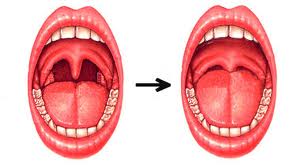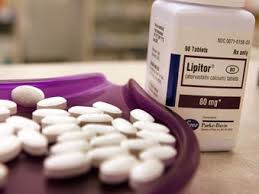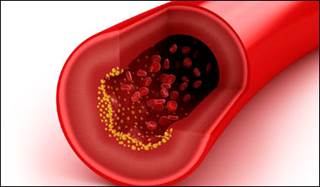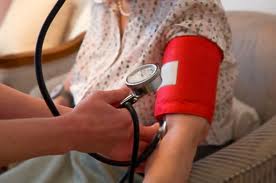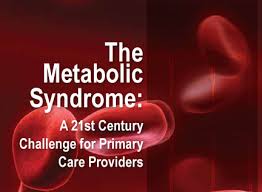 Roughly a third of U.S. adults have the metabolic syndrome — and nearly half of those aged 60 and older have it — according to a research letter in JAMA. Researchers evaluated National Health and Nutrition Examination Survey data from 2003 through 2012. The metabolic syndrome contributes to cardiovascular morbidity and mortality. Data from the National Health and Nutrition Examination Survey (NHANES) 1999-2006 reported a metabolic syndrome prevalence of 34%. Understanding updated prevalence trends may be important given the potential effect of the metabolic syndrome and its associated health complications on the aging US population. We investigated
Roughly a third of U.S. adults have the metabolic syndrome — and nearly half of those aged 60 and older have it — according to a research letter in JAMA. Researchers evaluated National Health and Nutrition Examination Survey data from 2003 through 2012. The metabolic syndrome contributes to cardiovascular morbidity and mortality. Data from the National Health and Nutrition Examination Survey (NHANES) 1999-2006 reported a metabolic syndrome prevalence of 34%. Understanding updated prevalence trends may be important given the potential effect of the metabolic syndrome and its associated health complications on the aging US population. We investigated  trends in the prevalence of the metabolic syndrome through 2012. Among the other findings:
trends in the prevalence of the metabolic syndrome through 2012. Among the other findings:
- The prevalence of the metabolic syndrome increased from 2003–2004 to 2007–2008 (from 33% to 36%) and remained stable thereafter.
- Women were more likely than men to be affected: in 2011–2012, the prevalence was 37% and 33%, respectively.
- Hispanics had the highest prevalence, at 39% in 2011–2012.
- The metabolic syndrome was more common among older than younger adults, ranging from 18% for those aged 20–39 years to 47% for those aged 60 and older.
Source: JAMA

